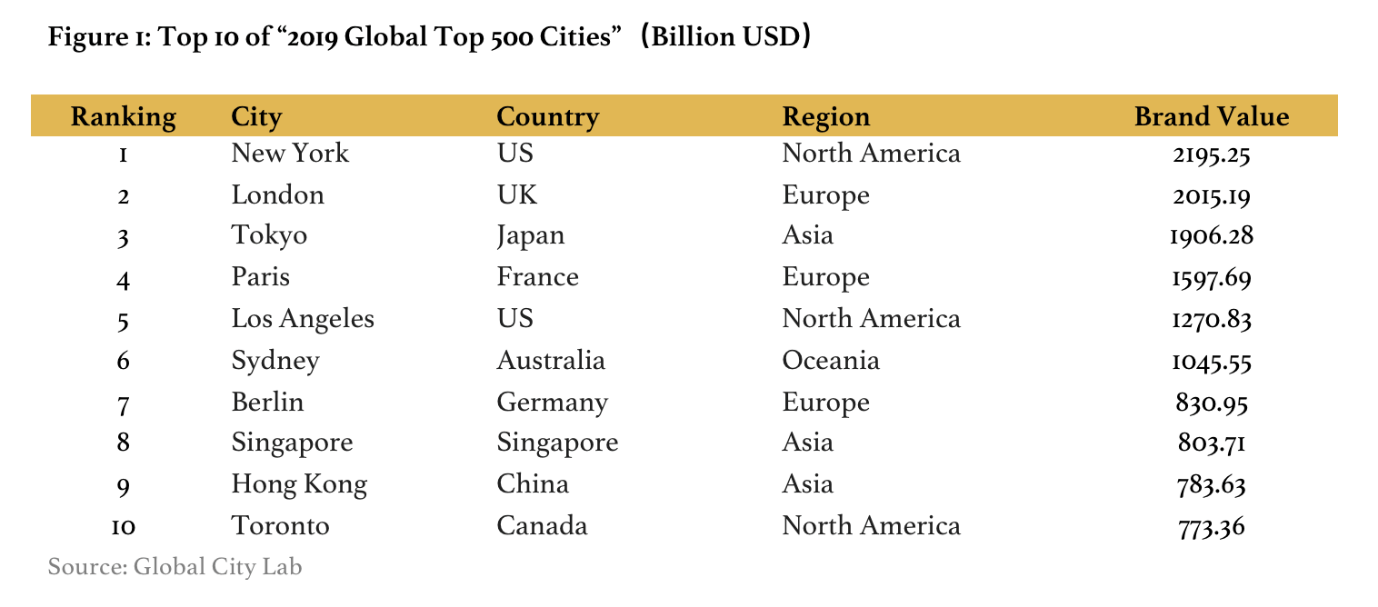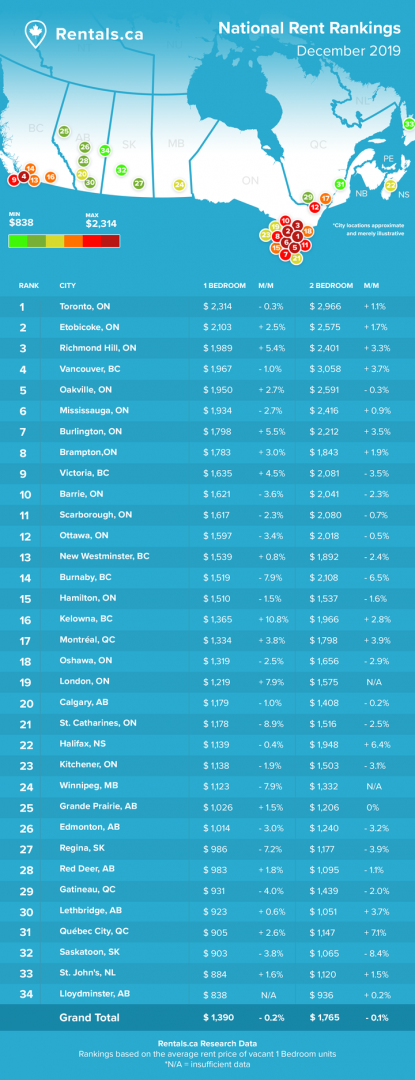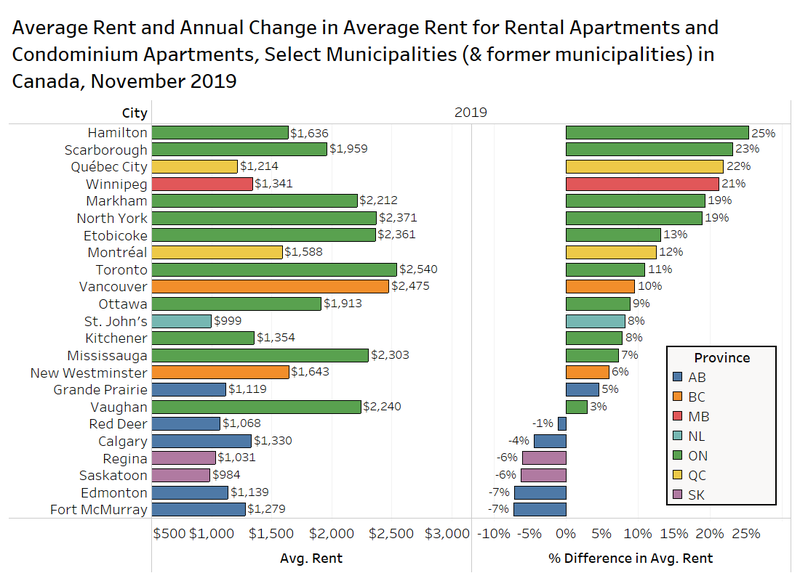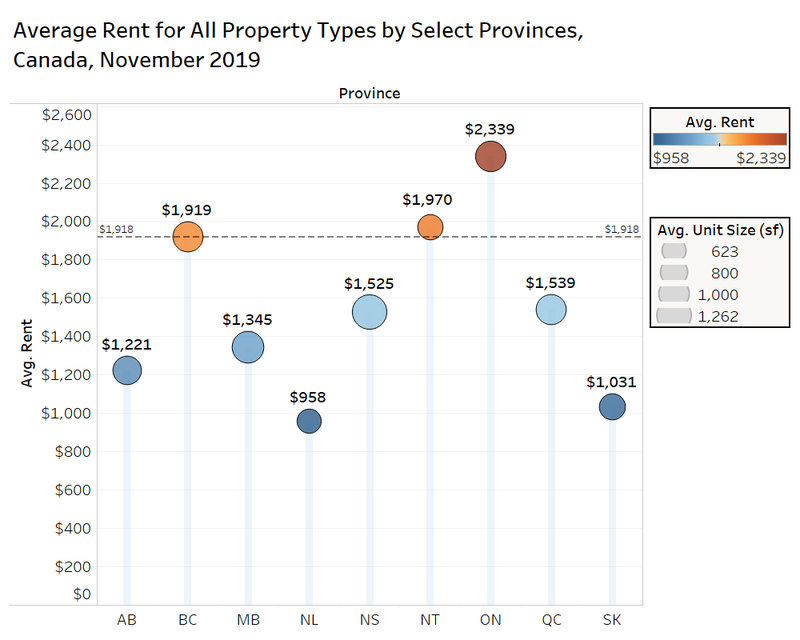A 26-storey condominium in Abbotsford, BC has been rocked by astronomical increases to its insurance premiums—a 780% increase from its rates last year.
BFL, which insures the aforementioned Mahogany Tower, raised the property’s rates from $66,000 in 2019 to $588,000 in 2020.
Mike Pauls, president of the building’s strata council, said that the increase will affect condo owners in the form of a one-time tax of $3,000 per unit. This does not include the additional monthly costs of $600. The insurer explained that the increase was due to fewer insurance entrepreneurs willing to share the risk of insuring the high-rise building, which is valued at $79 million. The insurer has since offered a lower premium of $241,000—but with reduced coverage.
Condo insurance prices all over Canada are experiencing significant leaps in rates thanks to severe weather events in recent years. Industry stakeholders and experts cautioned that if this issue persists, the costs may soon be unsustainable.
As single family home prices continue to rise in much of the country, condos have stepped up as the more affordable option, and that demand shows no sign of slowing anytime soon. Affordability has always been an issue for homebuyers, but investors are also becoming concerned as to how this will impact their bottom line. Pauline Tonkin, mortgage advisor with DLC’s Blue Tree Mortgage in Vancouver, has been contacted by both buyers and investors regarding the issue.
“I definitely see that it is going to be an issue,” she said. “In conjunction with the mortgage rule changes and rates, there are so many factors that we have to review for clients to make it affordable, and strata fees are a number that’s included in the debt servicing ratio. So if that goes up, it automatically reduces their ability to qualify. The more it goes up, the more it impacts them.”
Climate-related weather events are driving up insurance premiums for condominium owners across Canada. A condo complex in Ottawa found that its insurance premiums had climbed by 730% because of wind and fire damage. Some Alberta condos are facing insurance premiums of up to 700%. And Tony Gioventu, executive director of the Condominium Homeowners Association, said that condos in British Columbia are facing premium hikes up to 300%.
Not all condo corporations, however are seeing these huge increases. Rob de Pruis is the director of consumer and industry relations, Western region, for the Insurance Bureau of Canada and he says that claims frequency, repair and maintenance procedures and schedules, changes in coverage, and increase in replacement cost all play into evaluating costs.
“We do see a number of areas, especially in B.C., where the rebuild costs on these properties have been growing fairly significantly over the last couple of years,” he said. “Every property is assessed on its individual risk merits. Anything that the corporation can be doing and unit owners can be doing to reduce that risk and prevent claims is going to be very helpful over the long term.”
Strata unit owners are being advised that if their strata corporation is faced with a substantial increase in insurance rates, the cost will be reflected in the annual budget that determines annual strata fees, according to the Insurance Brokers Association of B.C. (IBABC).
If the deductible is dramatically increased to $100,000, for example, any claims under that new limit aren’t covered by insurance and, subject to bylaws, each owner is likely responsible for damages to their strata lot with the strata corporation responsible for common property.
“The result is many of the repair and replacement costs that have been covered by the policy of insurance taken out by the strata corporation will now be downloaded onto the affected owners in the event of a claim,” IBABC writes in a memo addressing the issue.
“Unfortunately, a large swath of the population is never going to be able to afford a detached house, so they’re going to be in a condo one way or another,” said Iain Macfadyen, a mortgage broker in Vancouver.
For those people who are right at their financial limit, it will bring their budget down, but Macfadyen said it’s also the feeling is that a strata fee is simply lost money, whereas people feel as if they’re getting more from a mortgage payment.
It’s unclear how much of an impact this will have on affordability and demand for buyers, investors, and even builders is unclear. Tonkin says that these increases don’t’ just affect buyer qualification now, but the affordability of the property in the future.
“We may not see too much of a hit right away, but it’s going to come, and I really think it’s about after they move in. [Buyers] need to really need to be aware of including that in their budget, and that’s where working with good mortgage professionals will go through that with them.”
Like other financial instruments such as interest rates, insurance rates are constantly being revised in reaction to market forces and emerging trends. This is the current scenario with commercial insurance in general and strata building insurance in particular, according to the IBABC.











 Maziar Moini, Broker of Record - Home Leader Realty Inc.
300 Richmond St. W., #300, Toronto, ON M5V-1X2
Maziar Moini, Broker of Record - Home Leader Realty Inc.
300 Richmond St. W., #300, Toronto, ON M5V-1X2

